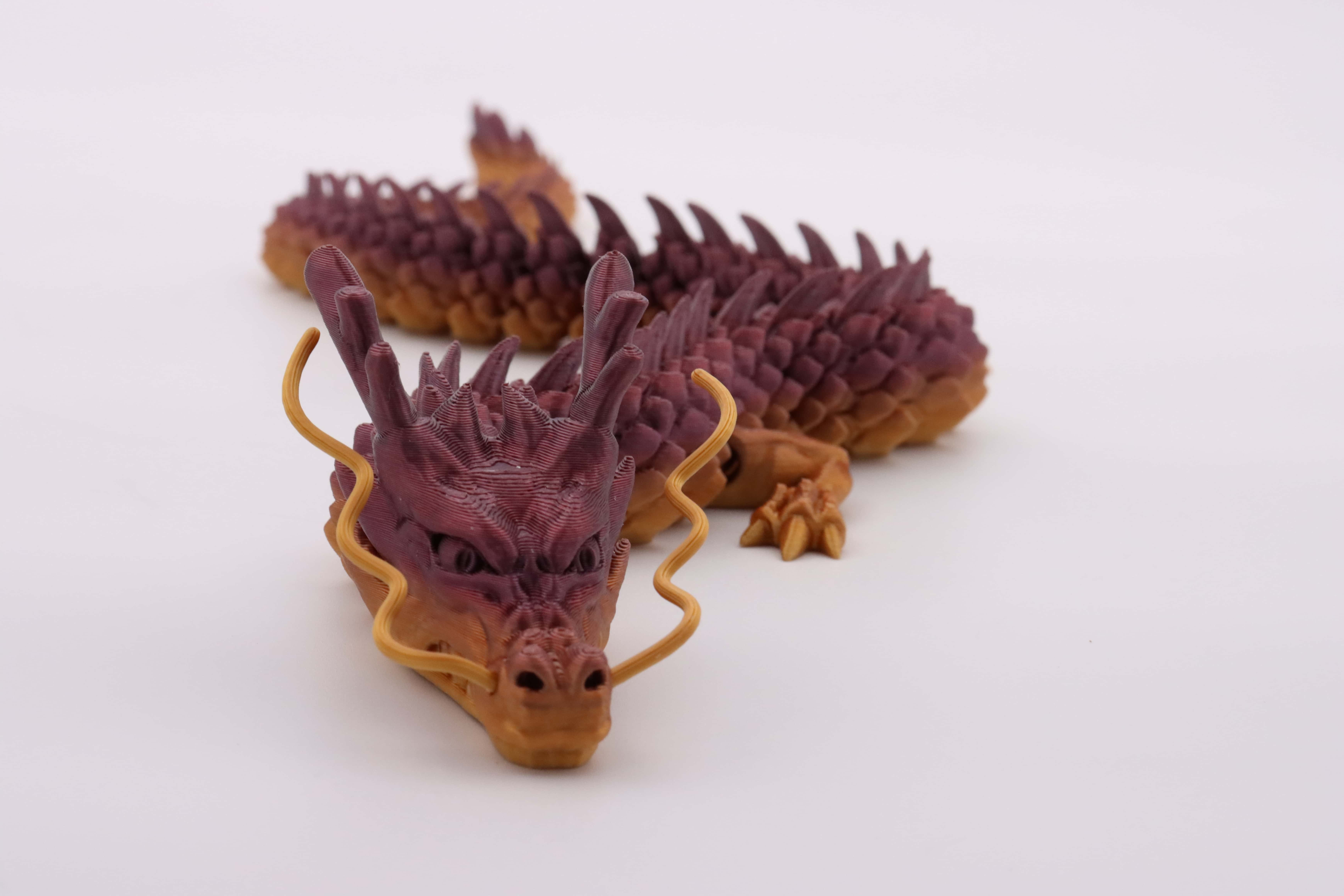Time to read: 6 min

Explore the transformative impact of 3D printing applications across various industries with Unofactory. This article delves into how 3D printing is revolutionizing sectors from healthcare to aerospace, offering tailored solutions and enhancing efficiency.
The emergence of 3D printing technology has heralded a new era in manufacturing, offering a futuristic approach that has rapidly become a mainstream method. 3D printing constructs objects layer by layer, adeptly handling complex designs with ease and requiring minimal human intervention. This article uncovers the diverse 3D printing applications that Unofactory is leveraging to reshape industries and improve lives.
Medical Marvels: Prosthetics and Personalized Care In the medical field, 3D printing applications have become instrumental in the creation of prosthetics. By leveraging computer-aided design (CAD) software, custom prosthetics can be designed and printed with precision, offering patients a tailored fit and comfort. This technology not only streamlines the manufacturing process but also allows for quick revisions and reprints, ensuring that each prosthetic is a perfect match for the individual.
Spare Parts at Your Fingertips For consumers and businesses alike, 3D printing applications offer a solution to the age-old problem of sourcing spare parts. This technology eliminates lengthy wait times and the hassle of physical procurement, allowing individuals to print parts on-demand. This not only maximizes the utility of their possessions but also redirects focus towards more critical tasks.
Pharmaceutical Innovation: Custom-Made Medications In the pharmaceutical industry, 3D printing applications are paving the way for personalized medicine. By creating drugs with specific release profiles, 3D printing can cater to an individual's unique health needs. Although only one drug, Spritam®, has been commercially produced using this method, the future holds promise for a more localized and on-demand pharmaceutical production.
Emergency Response and Disaster Relief In the wake of natural disasters, the need for rapid response is paramount. 3D printing applications have proven to be a game-changer in this arena, with the ability to construct emergency shelters, hospitals, and other critical infrastructure swiftly. This technology significantly reduces the time required for construction compared to traditional methods, providing vital support to those in need.
Aerospace Advancements: From Earth to the Stars As humanity ventures further into space, 3D printing applications play a pivotal role in enabling this exploration. It allows for the creation of tools, equipment, and even entire structures off-world, reducing the cost and increasing the sustainability of space travel. On our home planet, 3D printing is instrumental in the production of advanced aerospace components,
Sustainable Fashion: Custom Clothing with Less Waste The fashion industry is notorious for its waste, but 3D printing applications offer a sustainable alternative. By enabling the creation of custom clothing that fits individual measurements and style preferences, 3D printing reduces waste and promotes a more environmentally friendly approach to fashion.
Ergonomic Excellence: Custom-Fitted Personal Products Traditionally, many products are designed for the average user, which can lead to discomfort or even health issues for those who do not fit this mold. 3D printing applications provide a solution by allowing for the creation of personalized products that cater to individual body types and sizes, enhancing ergonomics, comfort, and safety.
Educational Enhancements: Tangible Learning Tools In the educational sector, 3D printing applications offer a hands-on approach to learning. By providing students with tangible models, such as topographical maps, this technology enhances understanding and creativity, fostering a collaborative learning environment.
Food for Thought: 3D Printed Cuisine Perhaps one of the most surprising 3D printing applications is in the realm of food. With advancements in lab-grown meat and vegetables using stem cells, 3D printing has the potential to revolutionize food production, addressing the growing global population's needs while reducing the land required for agriculture and livestock.




